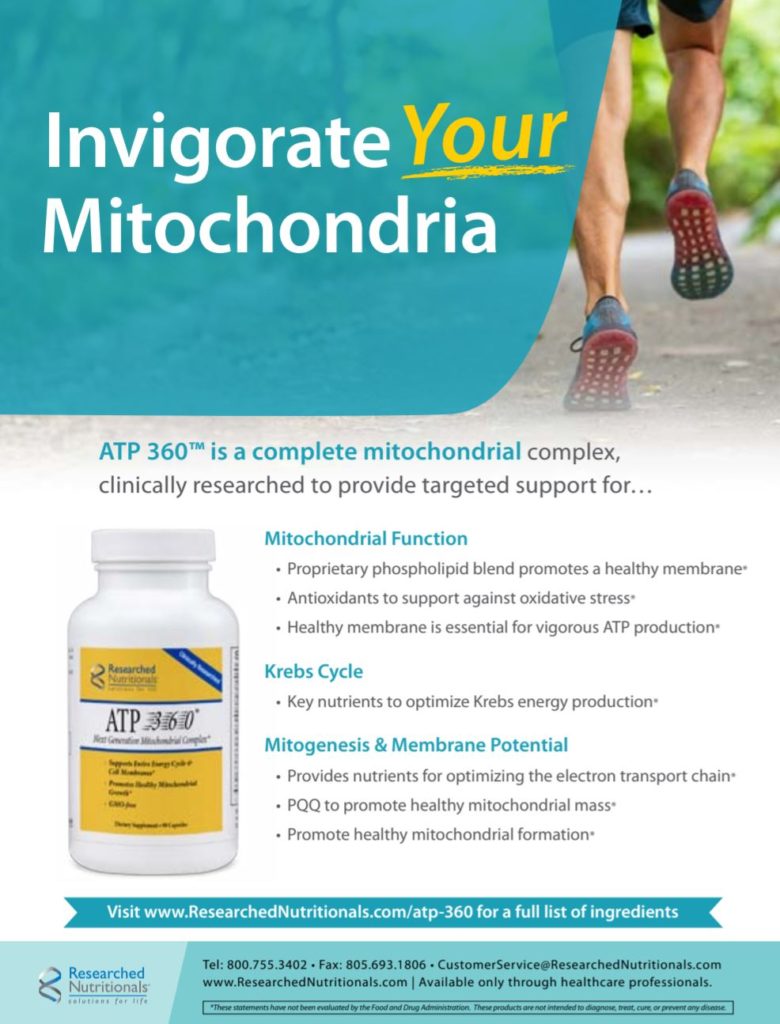…article continued:
Lifestyle – Activities That Increase IOP
Excessive exercise. Exercise where the heart rate is at 80% maximum increases short-term IOP by 4.7 mm Hg.79 Weightlifting can cause a temporary increase in IOP of approximately 4 mm Hg.80
Breath control. Playing a high-resistance wind instrument such as an oboe can double IOP during playing.81 It returns to baseline after playing ceases.
Inverted yoga postures. An inverted posture where the eyes are below the heart can cause a doubling of IOP (returns back to baseline after 5 minutes). Certain yoga exercises such as Shirshasana leads to a two- to three-fold rise in IOP from baseline for a short duration.82
Tight neckties. These can increase IOP 2mm Hg (returns to baseline when loosened).83,84
Computer use. In a large study of programmers, software engineers, and gamers with a mean age of 43 years, one third were found to have glaucoma. Even more significant was that heavy computer users who were farsighted (presbyopia) or nearsighted (myopia) seemed to have a higher risk. Nearsightedness was found in 82% of those with glaucoma.85
The connection between computer use and glaucoma may be physical. Computer users tend to have a hunched over posture over their keyboard which makes it necessary for them to raise their head to see the screen. The head weighs on average 7-10% of body weight and its effective weight increases for every 1 cm (.393 inches) away from the spine. Over a period of time, the weight of keeping the head up causes the muscles of the neck to shorten (side and back), which compresses the nervous, vascular, and lymph systems of the neck, and compromises circulation to the brain (and eyes). This hunched posture eventually becomes habitual, so the person, even when standing, maintains the slouched posture. Additionally, the hunched posture collapses the lungs, which reduces the capacity of oxygen.
Note. To help reduce the effect of chronic computer use, take regular breaks, at least every hour, to relax the eyes, and do some eye exercises.
Alcohol and glaucoma. Intake of large quantities of beer or water increases IOP significantly because the kidneys cannot process large quantities of liquid quickly. However, a few studies did not report any association between alcohol intake and IOP.86 Neuro-protective effects of red wine have also been reported. Although consuming one alcoholic drink per day may have some cardiovascular benefits, it also increases the risk of liver disease.
Both acute and chronic alcohol consumption have severe effects on the structure and function of the gastrointestinal tract.87 The eyes rely on receiving significant amounts of essential nutrients from the food we eat to maintain healthy vision; compromises in absorption and gut health can severely affect eye health.
Activities That Lower IOP
Regular exercise. Studies have shown that people who exercise regularly and are more physically fit have a lower average IOP.88-90 Regular exercise means exercise five days a week such as a brisk walk.91 Other studies reinforce exercise as a way to lower eye pressure and reduce the risk of developing glaucoma.92-94
Hormone supplementation. Hormonal use in postmenopausal women reduced IOP and improved blood flow to the optic nerve.95 The use of estrogen plus progesterone (but not estrogen alone) was associated with a 42% reduced risk of high tension POAG.96 Women under 45 years of age entering menopause showed a 2.6% increase in risk of glaucoma.97
Other health risks, however, are associated with hormone supplementation, including increased risks of endometrial cancer in women with an intact uterus, urinary incontinence, dementia, stroke, blood clots, heart attack, and breast cancer.98
Breathing. Breathing through the nose, versus breathing through the mouth, and a correctly aligned posture that expands the lung can increase oxygenation by at least 20% and release nitric oxide, a vasodilator.99 It is the exhale stroke of breathing which pumps the most oxygen into the lungs. Reduced breathing occurs due to a hunched over posture, which compresses the lungs. Shallow breathing causes an imbalance in the oxygen and carbon dioxide ratio, reducing the ability of oxygen being transferred into tissues, and this causes stress through activation of the sympathetic nervous system.
Sleep position. One study reported that a low head position elevates IOP compared to lying on one’s right side. Proper adjustment of the pillow height may help lessen IOP elevations that result from lying with a low pillow or with no pillow.100 Another study concluded that asymmetric sleep behavior is common. Right-sided sleep was preferred and correlated with a lower visual field index for those sleeping on their left side.101
Manage stress. Above average stress has been shown to increase the risk for high eye pressure by almost three times.102,103 We recommend meditation, yoga, tai chi, qi gong, psychotherapy, or a combination of these to help with life stress.
Marijuana. This cannabinoid has been proposed as an IOP-lowering agent for a long time. The active ingredient in marijuana (delta-9-tetrahydrocannabinoid) reduces IOP by reducing aqueous humor production.104-106 However, the IOP-lowering effect of marijuana is short term, and one would need to smoke marijuana every three hours for 24-hour IOP control. Note: The essential ingredient in marijuana is now available in CBD oil that can be ingested by mouth, without causing any effect of getting “high,” or having the negative effects of inhaling smoke. We recommend this over smoking marijuana, though more research is needed.
Other Modalities
Chinese Medicine and Glaucoma. In Chinese medicine, the Liver “opens to the eyes” and is the primary meridian for supporting overall flow of energy and circulation through the eyes. The Kidney meridian nourishes the blood to the eyes. The Spleen meridian also nourishes the blood, while also helping to keep fluids from leaking from blood vessels and reducing dampness (build-up of fluids). Other meridians may be out of balance as well, and that can affect eye health. An evaluation by an acupuncturist can best determine where the out-of-balances are located, and then, offer the optimal treatment strategy. The following are patented formulas used for glaucoma:
- Xiao yao san. Rambling powder is a classic Liver tonic used in Chinese medicine. The Liver “opens to the eyes” and is the primary meridian (flow energy) that supports healthy circulation and the free flow of energy in the eyes and throughout the body.
- Qi ju di huang wan. Rehmannia 6 plus chrysanthemum and lycii nourishes Kidney and Liver blood and yin. Qi ju di huang wan is a classic adaptation of rehmannia 6 (liu wei di huang wan) with a special emphasis on the eyes, in particular dry eyes, redness, and heat caused by yin (fluid) deficiency.
- Shu gan tang regulates Liver qi.
- Wen dan tang. Warm the Gallbladder decoction nourishes Kidney and Liver yin and brightens the eyes. This is formulated for disharmony between Gallbladder and Stomach meridian systems.
- Medicinal mushrooms. Reishi, maitake, bitter tooth, and lion’s mane are helpful for glaucoma as they are reported to have neurite outgrowth and neuronal health benefits.
Treatment strategies can vary based on the TCM practitioner’s evaluation and intake.
Acupuncture. Combining acupuncture and eye drops is better than eye drops alone for primary open-angle glaucoma,107 and regular acupuncture treatments improve intraocular pressure (IOP) and retrobulbar circulation (circulation behind the globe of the eye).108
Homeopathy. Glaucoma homeopathic pellets. 1–3 pellets dissolved in mouth 2–3 times per day, preferably before meals, or an hour or more after meals. You can keep taking these pellets for as long as you like, keeping in mind that regular check-ups from the eye doctor are essential.
Chelation Therapy. Calcium overload and dysregulation have been found in both trabecular meshwork109 and lamina cribrosa110 from human glaucomatous eyes.111 Ethylenediaminetetraacetic acid (ETDA), particularly combined with MSM,112 may help reduce excess calcium and zinc, as well as other metals, which in excess, may contribute to eye problems.
Hypnosis. Hypnosis may help lower IOP according to some researchers.113
Microcurrent stimulation. Daily use of microcurrent stimulation helps stimulate circulation in the back of eyes, and helps the eyes eliminate waste.114 This is particularly relevant for those where circulation and nutrition are a factor in maintaining healthy optic nerve.
For more information on integrative medical protocols for vision conditions, visit www.naturaleyecare.com
Our goal is that the information shared here will help people keep their precious gift of sight.
Marc Grossman, OD, LAc, is one of the few holistic optometrists and licensed acupuncturist in the world and has been in practice since 1980. Internationally respected, he has taught many hundreds of practitioners and physicians in his methods. Dr. Grossman is co-author of Natural Eye Care, Your Guide to Healthy Vision and Healing, an 800-page landmark guide written to empower readers of every age to support and preserve healthy vision through the health of the whole body. He is also the author of Magic Eye: Beyond 3D and Greater Vision. He lectures widely on topics such as natural vision improvement, vision, and nutrition, as well as Chinese medicine and vision care and has been interviewed by the New York Times, Wall Street Journal, and many other magazines and has appeared on local and national network television. His respected https://naturaleyecare.com/ website is the world’s largest holistic eye care website in the world and followed by many millions. Dr. Grossman has offices in Somers and New Paltz, New York.





